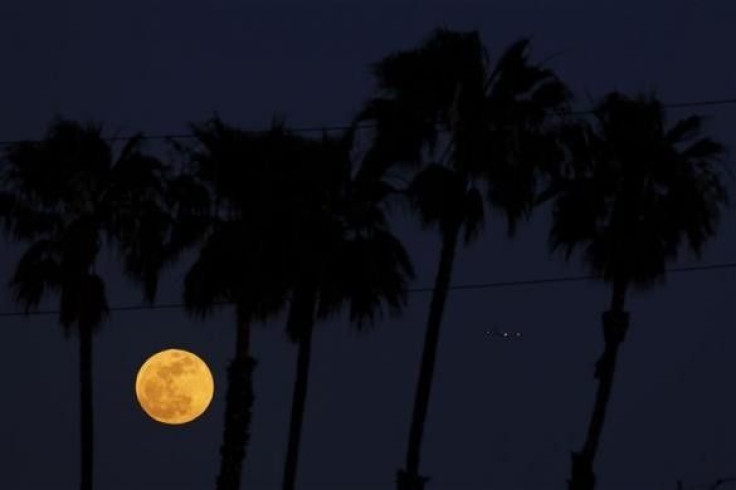Early Tidal Forces Gave Moon its Shape: Study Finds
The Study Helps Work Out The Details of the Moon's Early history.

A recent study by researchers at UC Santa Cruz published in the journal Nature explained how the moon got its shape. The researchers examined the early effects of the earthly tidal forces on the satellite. According to the lead author Ian Garrick-Bethell, assistant professor of Earth and planetary sciences at UC Santa Cruz, the study provided insights into the early history of the moon, the evolution of its orbit, and its current orientation in the sky.
In 1989 the "fossil bulge" hypothesis was formulated according to which 4 billion years ago the moon cooled and solidified the sculpting effects of tidal and rotational forces became frozen in place. Garrick-Bethell said, "If you imagine spinning a water balloon, it will start to flatten at the poles and bulge at the equator. On top of that you have tides due to the gravitational pull of the Earth, and that creates sort of a lemon shape with the long axis of the lemon pointing at the Earth."
The researchers took into account the impact of other tidal effects in the shape of the moon as well, also considering the impact basins have on the moon's typography. They found that differences in the thickness of the moon's crust was due to tidal heating in the early stages of the moon's formation, this impacted it's typography as well. The remainder is attributed to the frozen tidal-rotational bulge that formed afterwards.
"In 2010, we found one area that fits the tidal heating effect, but that study left open the rest of the moon and didn't include the tidal-rotational deformation. In this paper we tried to bring all those considerations together," Garrick-Bethell said. The study revealed that tidal heating and tidal rotational deformation had similar effects on the moon's overall shape making it resemble a lemon.
"The moon that faced us a long time ago has shifted, so we're no longer looking at the primordial face of the moon," Garrick-Bethell said. Changes in the mass distribution had shifted the orientation of the moon, the craters removed some mass, and there were also internal changes, he explained.
He also said it would help understand the details of the moon's early history. The research throws light on the tidal effects on the overall shape of the moon but does not explain the topographical differences between the near side and the far side.
Nature explained how the moon got its shape. The researchers examined the early effects of the earthly tidal forces on the satellite. According to the lead author Ian Garrick-Bethell, assistant professor of Earth and planetary sciences at UC Santa Cruz, the study provided insights into the early history of the moon, the evolution of its orbit, and its current orientation in the sky.
In 1989 the ">
Nature explained how the moon got its shape. The researchers examined the early effects of the earthly tidal forces on the satellite. According to the lead author Ian Garrick-Bethell, assistant professor of Earth and planetary sciences at UC Santa Cruz, the study provided insights into the early history of the moon, the evolution of its orbit, and its current orientation in the sky.
In 1989 the ">






